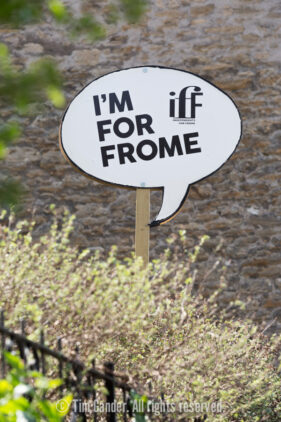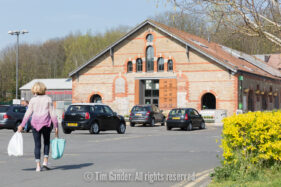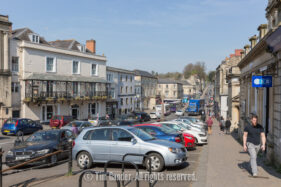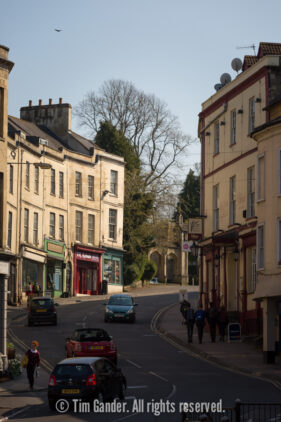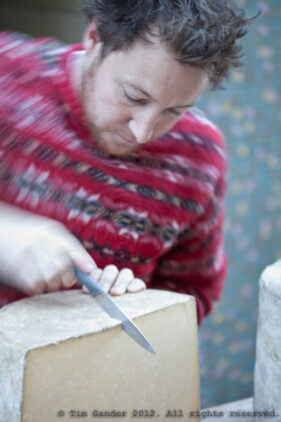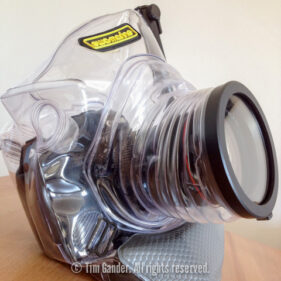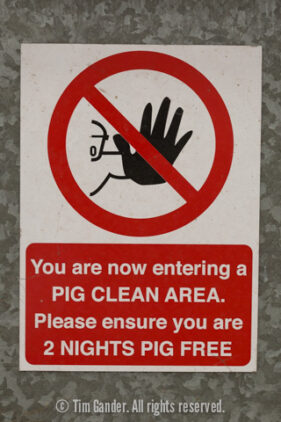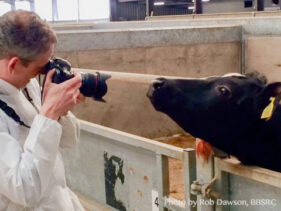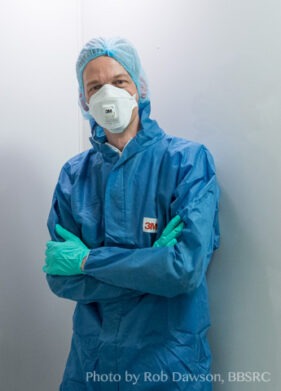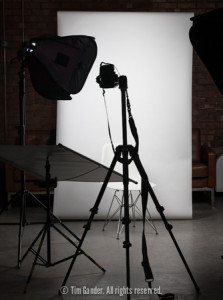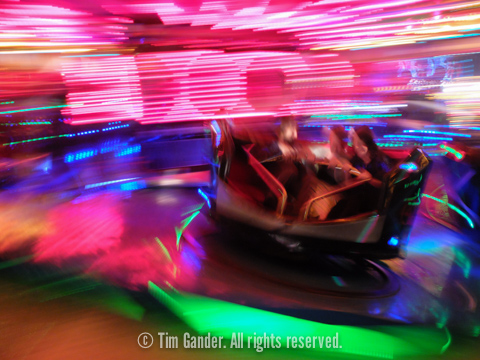Earlier this year I left the Alamy stock image library in order to preserve my professional integrity (I won’t bore you with details here), since which time I’ve been giving some thought about my future relationship with stock photography in general.
I’ve never been a great fan of stock photography partly because I always prefer to work on commission, where a client knows what they want and therefore I know I’m taking pictures which have a definite purpose. Stock photos mostly exist for no reason at all and will never be published; the idea of taking photos which just languish on a server somewhere seems sad to me.
Additionally, because stock photography is a numbers game, a photographer has to dedicate themselves pretty much full time to taking stock photos in order to make a living from it. The lack of motivation I have for doing nothing but stock shots all day combined with the exclusion of all commissioned work would kill the joy I have for my job.
Having said all that, I have decided there is room in my professional life to spend time taking pictures which interest me and which might also have a stock image value. I don’t have to offer them through an agency and I can set my own prices, but there is an additional benefit which you don’t get with a stock library, namely that by hosting the photos on my own gallery, I create content which is indexed by Google. It creates another small piece in the search engine optimisation jigsaw.
Even if I never sell a photo, the photos I host will have the benefit of helping to attract search result enquiries. I can adjust, chop and change what I offer, which will also signal to Google that I’m an active, creative photographer based in Somerset. They also show potential clients another side to what I do and might offer inspiration for their next project. All of this can only happen by keeping the images closely tied to my own website. When they’re held remotely by a stock library, the link between the image and the creator is weakened.
The images here are just a small taster, and though the collection itself is very small at the moment it will grow and you can see the full set here.

